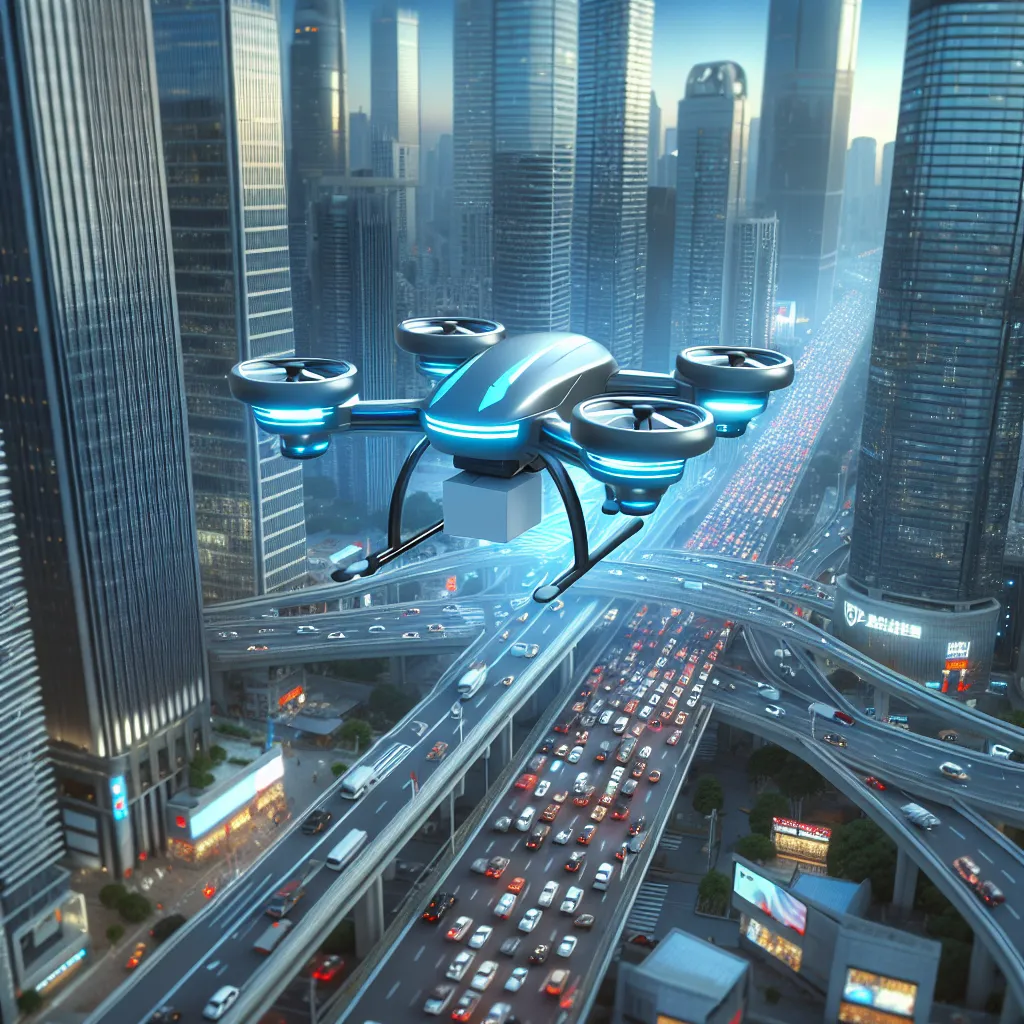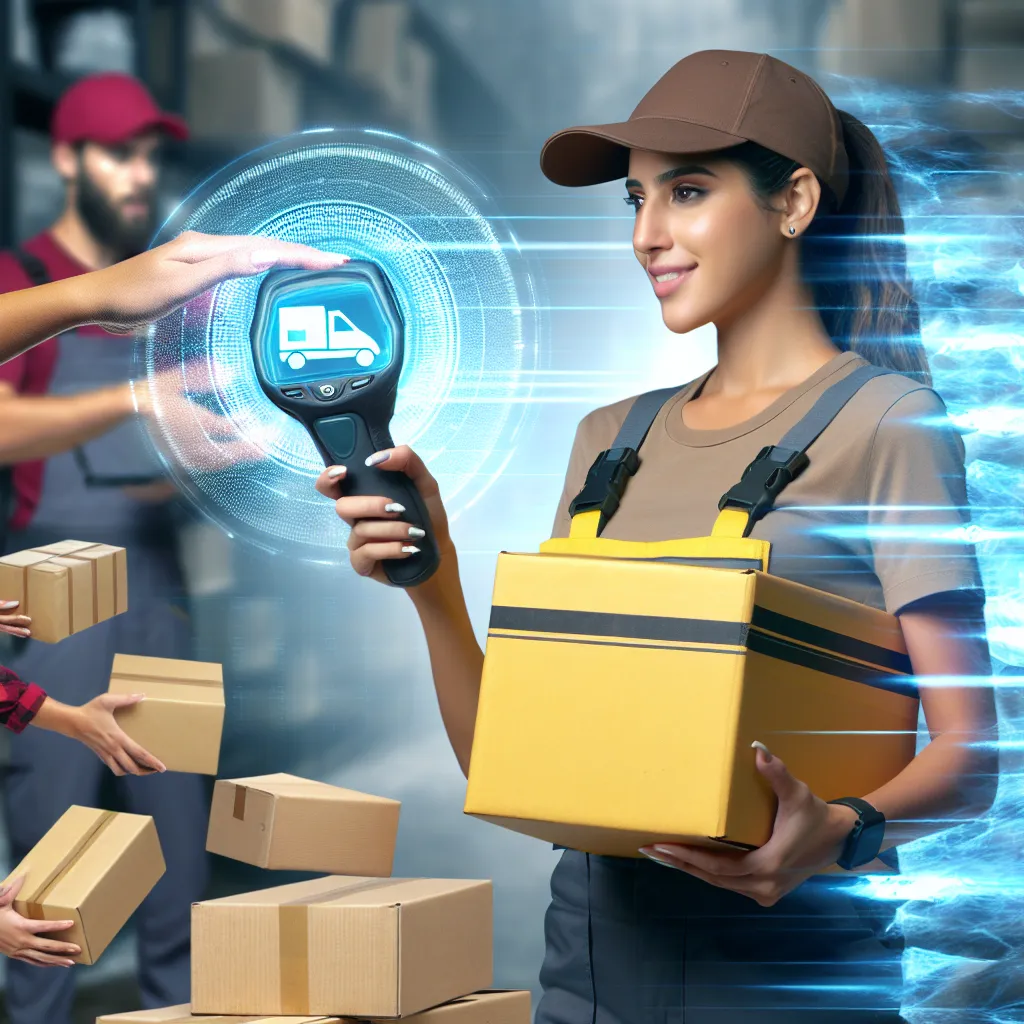Improving Last-Mile Delivery Efficiency: Strategies and Technologies
Streamlining last-mile courier deliveries has become a critical focus for businesses seeking to enhance customer satisfaction and operational efficiency. One key aspect of this optimization is the improvement of last-mile delivery efficiency through the implementation of advanced strategies and technologies.
Several strategies can be employed to enhance last-mile delivery efficiency. One such approach involves route optimization, which utilizes algorithms to determine the most efficient delivery routes based on various factors such as traffic patterns, delivery windows, and package sizes. By streamlining the delivery routes, companies can reduce fuel consumption, minimize delivery times, and improve overall service levels.
Utilizing real-time tracking and visibility solutions is another effective strategy for enhancing last-mile delivery efficiency. By equipping delivery vehicles and packages with GPS and RFID technology, companies can monitor the location and status of each delivery in real time. This not only enables proactive problem-solving and better customer communication but also helps to prevent theft and loss of packages.
Integrating automated delivery systems and robotics into the last-mile delivery process can further improve efficiency. Drones, autonomous delivery vehicles, and robotic sorting and loading technologies can help expedite deliveries, especially in urban areas where traffic congestion is a significant challenge.
Furthermore, the use of data analytics and machine learning can provide valuable insights for enhancing last-mile delivery efficiency. By analyzing historical delivery data and customer behavior, companies can make informed decisions regarding delivery time windows, inventory placement, and resource allocation, ultimately leading to a more optimized and streamlined delivery process.
In conclusion, improving last-mile delivery efficiency through the implementation of advanced strategies and technologies is essential for meeting the increasing demands of e-commerce and logistics. By embracing innovations such as route optimization, real-time tracking, automated delivery systems, and data analytics, businesses can ensure faster, more reliable, and cost-effective last-mile courier deliveries, thereby gaining a competitive edge in the market.
Optimizing Urban Courier Services for Last-Mile Deliveries
Optimizing urban courier services for last-mile deliveries is crucial for streamlining the logistics of e-commerce and improving the overall customer experience. With the rise of online shopping, the demand for efficient last-mile delivery services has significantly increased, presenting both challenges and opportunities for courier companies. To meet this demand and stay competitive, courier services are increasingly focusing on optimizing their last-mile delivery operations in urban areas.
One approach to optimizing urban courier services is the implementation of route optimization software. By utilizing advanced algorithms, courier companies can efficiently plan delivery routes, taking into account various factors such as traffic patterns, delivery windows, and package sizes. This not only helps in reducing delivery times but also minimizes fuel consumption and vehicle wear and tear, leading to cost savings and environmental benefits.
Furthermore, the use of real-time tracking and communication technologies can enhance the visibility of delivery operations. By providing customers with live tracking updates and the ability to communicate with delivery personnel, courier companies can improve transparency and customer satisfaction. Additionally, leveraging data analytics to anticipate demand patterns and optimize delivery schedules can result in more efficient resource allocation and reduced delivery times.
In addition to technological solutions, the strategic placement of urban micro-fulfillment centers can significantly optimize last-mile deliveries. By decentralizing inventory storage and bringing it closer to the end customers, courier services can expedite the order fulfillment process and reduce the distance traveled for deliveries. This localized approach not only accelerates delivery times but also facilitates same-day and on-demand delivery options, catering to the growing demand for immediacy in e-commerce transactions.
In conclusion, optimizing urban courier services for last-mile deliveries is essential for meeting the escalating demands of e-commerce and ensuring customer satisfaction. By embracing advanced technologies, data-driven insights, and localized fulfillment strategies, courier companies can streamline their operations, reduce delivery times, and enhance the overall efficiency of last-mile deliveries in urban areas.
Enhancing Customer Experience in Last-Mile Courier Deliveries
In the fast-paced world of last-mile courier deliveries, enhancing customer experience is paramount to staying ahead of the competition. The final stretch of the delivery process, known as the last mile, is a critical touchpoint that can make or break the overall perception of a courier service. Streamlining last-mile courier deliveries is not just about efficiency and cost savings; it’s also about creating a positive and memorable experience for the end customer.
One key aspect of enhancing customer experience in last-mile courier deliveries is transparency. Customers expect real-time updates on the status of their deliveries, including accurate ETAs and any potential delays. Providing customers with a user-friendly tracking system that offers complete visibility into the delivery process can greatly alleviate anxiety and build trust. In addition, proactive communication regarding any changes or issues with the delivery can further enhance transparency and customer satisfaction.
Another crucial factor in enhancing customer experience is flexibility. Offering multiple delivery options such as time slots, preferred delivery locations, and the ability to reschedule or reroute parcels can cater to the diverse needs of modern consumers. Empowering customers to have control over the delivery process not only increases satisfaction but also reduces the chances of missed deliveries, leading to a smoother and more convenient experience.
Furthermore, the efficiency and professionalism of last-mile delivery personnel play a significant role in shaping the customer experience. Well-trained and courteous delivery agents not only ensure the safe and timely handover of parcels but also contribute to a positive brand image. Couriers who go the extra mile to accommodate special requests or provide personalized service leave a lasting impression on customers, thereby fostering loyalty and positive word-of-mouth.
In conclusion, by focusing on enhancing transparency, offering flexibility, and maintaining a high standard of service, courier companies can significantly boost customer experience in last-mile deliveries. Investing in technology, training, and customer-centric processes is essential for staying competitive in the dynamic last-mile delivery landscape and fostering long-term customer relationships.




